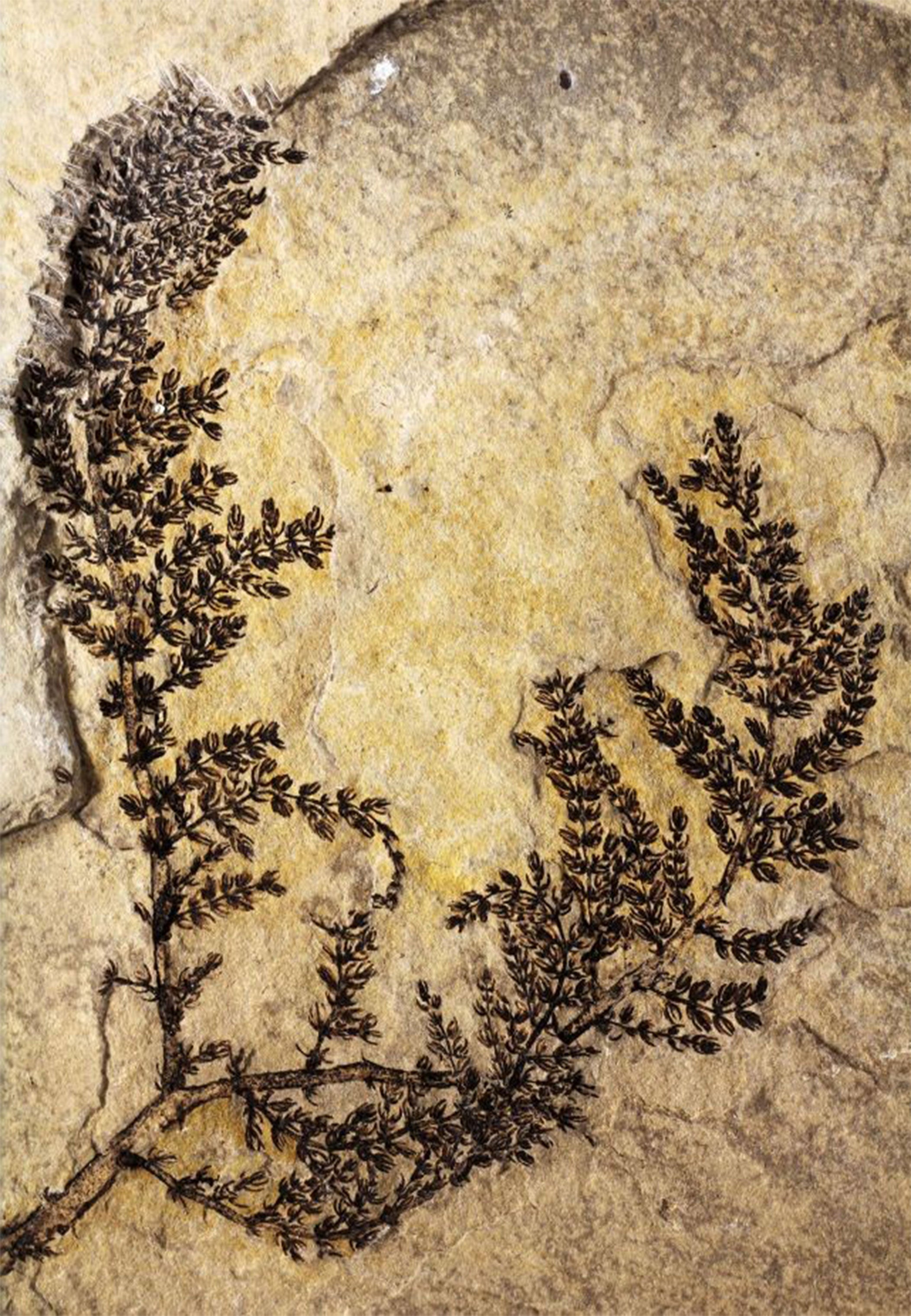The world's first flower? Plant with no petals that lived underwater is 130 million years old
The discovery raises questions about the early evolutionary history of flowering plants

Your support helps us to tell the story
From reproductive rights to climate change to Big Tech, The Independent is on the ground when the story is developing. Whether it's investigating the financials of Elon Musk's pro-Trump PAC or producing our latest documentary, 'The A Word', which shines a light on the American women fighting for reproductive rights, we know how important it is to parse out the facts from the messaging.
At such a critical moment in US history, we need reporters on the ground. Your donation allows us to keep sending journalists to speak to both sides of the story.
The Independent is trusted by Americans across the entire political spectrum. And unlike many other quality news outlets, we choose not to lock Americans out of our reporting and analysis with paywalls. We believe quality journalism should be available to everyone, paid for by those who can afford it.
Your support makes all the difference.A plant that had no petals and lived underwater more than 125 million years ago could be the oldest known "flower", scientists believe.
The aquatic Montsechia vidalii was once abundant in freshwater lakes in what are now mountainous regions of central and northern Spain.
Although discovered more than 100 years ago, the true significance of the fossils has only now become apparent after painstaking analysis by scientists.
Experts dated the weed at between 125 million and 130 million years old and showed that despite appearances it was an angiosperm, or flowering plant.
Another aquatic plant called Archaefructus sinensis, from China, has also been proposed as the earliest flower - but M.vidalii may be older.
Lead scientist Professor David Dilcher, from Indiana University in the US, said: "This discovery raises significant questions about the early evolutionary history of flowering plants, as well as the role of these plants in the evolution of other plant and animal life.

"A 'first flower' is technically a myth, like the 'first human'. But based on this new analysis, we know now that Montsechia is contemporaneous, if not more ancient, than Archaefructus."
The research, reported in the journal Proceedings of the National Academy of Sciences, was based on an analysis of more than 1,000 Montsechia fossils.
Stems and leaf structures were coaxed from the fossil stone by applying hydrochloric acid drop-by-drop and then microscopically examined.
"Montsechia possesses no obvious 'flower parts', such as petals or nectar-producing structures for attracting insects, and lives out its entire life cycle under water," said Prof Dilcher. "The fruit contains a single seed - the defining characteristic of an angiosperm - which is borne upside down."
In terms of appearance, the plant resembled modern Ceratophyllum, also known as "coontail" or "hornwort". Ceratophyllum is a dark green aquatic plant whose coarse, tufty leaves make it a popular addition to aquariums and ornamental ponds.
Montsechia lived during the early Cretaceous period, when dinosaurs such as the brachiosaurus and iguanodon walked the Earth.
PA
Join our commenting forum
Join thought-provoking conversations, follow other Independent readers and see their replies
Comments